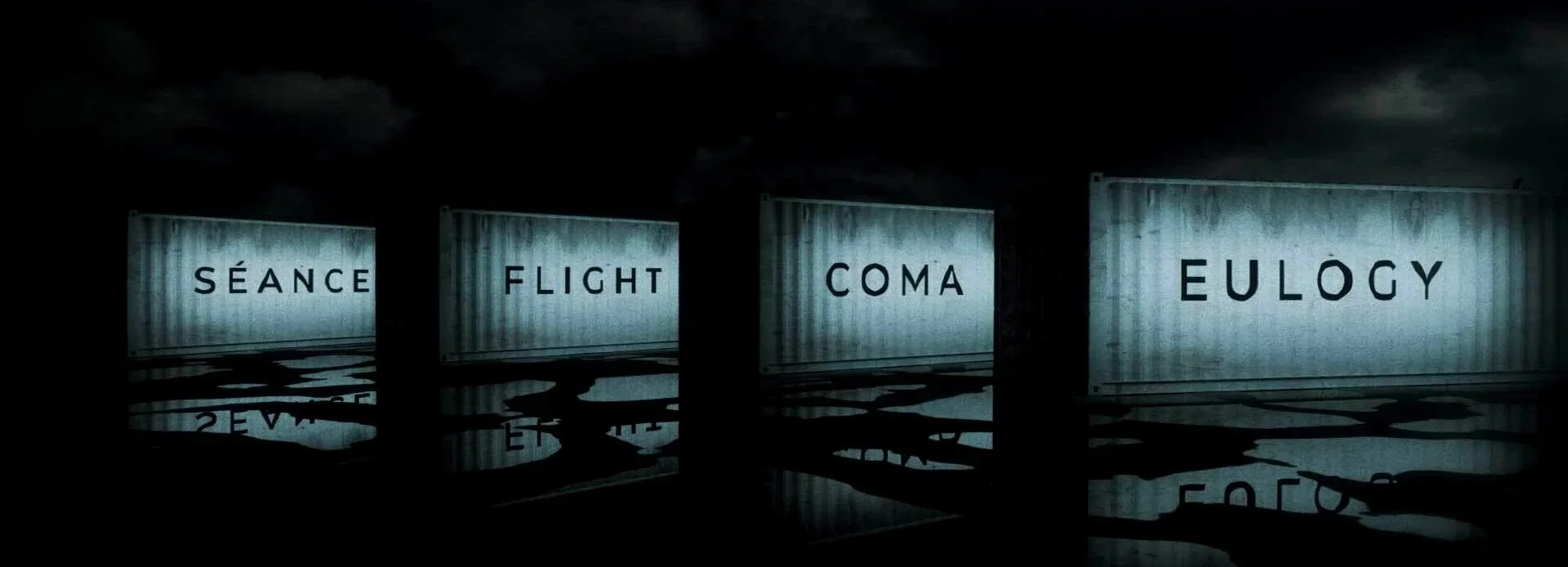Sound that speaks volumes
In any retail environment, capturing consumer attention requires more than just visual appeal. By utilising Sound in-store, brands can influence emotions, behaviours, and perceptions. It has the ability to create an atmosphere, evoke memories, and establish brand identity. In the context of retail, sound, particularly background music, is a proven store ambience strategy that can be implemented and evaluated quickly and cost-effectively.
Engaging Customers Emotions
The right music can evoke specific emotions, creating a pleasant and engaging atmosphere that encourages customers to spend more time in-store. Upbeat music can energise shoppers, while softer tunes can create a relaxed ambience. Brands should consider the emotional impact of their soundscapes and how they align with their brand story and customer expectations.
Tangible Benefits of Sound
Incorporating sound into the retail environment can lead to significant benefits:
Increased Dwell Time: Customers tend to spend more time in stores with appealing background music.
Higher Spending: The right music can encourage customers to spend more, as it enhances their mood and overall shopping experience.
Enhanced Brand Perception: Music that aligns with the brand's identity can strengthen brand perception and customer loyalty.
Ways to Use Sound in Retail
Modern and Minimal
Apple stores use a minimalist approach to sound, focusing on creating a calm and uncluttered environment. The subtle background music and the occasional sounds of product interactions (like typing on a keyboard or tapping on a screen) enhance the modern and innovative feel of the stores.
Creating a Cozy Atmosphere
Starbucks is known for its carefully curated playlists that create a cozy and welcoming atmosphere. The music played in Starbucks stores is chosen to complement the brand's image as a "third place" between home and work, encouraging customers to relax and enjoy their coffee.
Energising the Shopping Experience
Abercrombie & Fitch uses loud, upbeat music to create an energetic and lively shopping environment. This approach appeals to their target demographic of young shoppers, making the store feel like a trendy and exciting place to be.
Familiar Tunes for a Pleasant Shopping Experience
In Australia, Woolworths supermarket often plays popular songs, creating a nostalgic and pleasant shopping experience. Customers can be seen humming along as they shop, which can increase their enjoyment and time spent in the store.
FX Networks
SOUNDFX, North America
FX Networks, known for its grand activations at events like San Diego Comic-Con, adapted its approach during the pandemic by launching the Sound FX campaign across multiple cities. In New York City, Chicago, and Los Angeles, FX collaborated with artists to create interactive sound sculptures that celebrated its top series and promoted streaming availability on Hulu.
Each city focused on a specific genre—drama in NYC, comedy in Chicago, and horror/sci-fi in LA—allowing passersby to discover these installations at their own pace. The installations were designed to surprise and engage, featuring elements like sound-responsive lighting and interactive harps, blending art with technology to deepen the viewer's connection to FX's content.
Kia
Beat the Beat, Melbourne
In the "Beat the Beat" Australian Open campaign by S1T2 for Kia, audio played a crucial role in enhancing the interactive experience and driving its success. The project aimed to engage a younger demographic by integrating music and technology.
Participants engaged with Kia vehicles in a way that allowed them to interact and generate music. This interaction was designed to be playful and engaging, resembling a game where players could influence the music through their movements and interactions with the vehicles or other interactive elements, such as an LED dance floor.
Overall, leveraging audio effectively in the "Beat the Beat" campaign enhanced user engagement, created a memorable brand experience, and showcased Kia's commitment to innovation in an interactive and entertaining manner.
Darkfield
Immersive Experiences, Global
DARKFIELD offers an exhilarating series of immersive audio adventures set within custom-built shipping containers, experienced entirely in darkness. With their pioneering 360-degree audio technology, sensory effects, and meticulously crafted environments, DARKFIELD plunges you into gripping narratives that blur the lines between fiction and reality.
Their recent sell-out Australian tour exhibited four mesmerising worlds — SÉANCE, FLIGHT, COMA, and EULOGY — relying on sound to explore the depths of your psyche under the cover of darkness.
DARKFIELD is renowned for pushing the boundaries of technology and theater, creating both location-based and digital immersive experiences. Their innovative productions have captivated audiences worldwide, with tours spanning the UK, Asia, Australia, and Mexico, and prestigious screenings at film festivals such as BFI London, Venice, IDFA, Tribeca, Raindance, and SXSW.
Nespresso
Sonic Branding, Global
Nespresso’s stores sonic branding focuses on curating three concept playlists (Morning, Afternoon, Evening) tailored to enhance the brand's identity and improve the consumer experience across its 700 global boutiques.
These playlists are regularly updated to align with Nespresso's brand objectives and seasonal themes, effectively influencing shopper habits and increasing in-store dwell time. This strategic use of music underscores its powerful role in shaping consumer perceptions and fostering deeper connections with the brand in retail environments.
Add Sound to your Brand Strategy
To effectively incorporate sound into your brand strategy, consider the following tips:
Understand Your Brand and Audience: Choose music and sounds that reflect your brand's identity and appeal to your target audience.
Create a Consistent Soundscape: Ensure that the sound in your store is consistent with your overall brand experience, from the entrance to the checkout.
Pay Attention to Volume and Quality: The volume and quality of the sound are crucial. Music that is too loud or of poor quality can negatively impact the customer experience.
Experiment and Adapt: Regularly update your sound strategy based on customer feedback and changing trends. Experiment with different genres and styles to see what resonates best with your audience
















